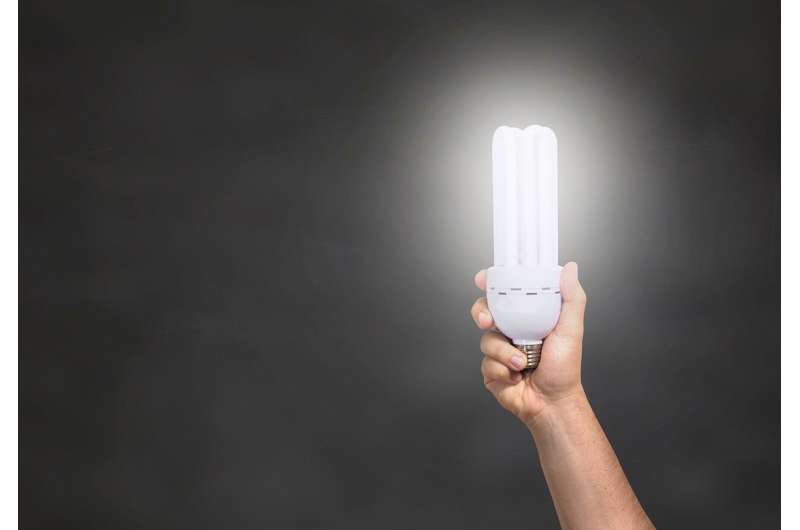Credit: CC0 Public Domain
An analysis published in Psychotherapy and Psychosomatics documents the value of light therapy in treating seasonal affective disorder.Seasonal affective disorder (SAD) is a subtype of recurrent major depressive or bipolar disorder defined by a regular temporal relationship (over at least two years) between the onset and remission of affective episodes and a particular time of the year.The most frequent pattern is fall-winter depression with onset of depression during fall or winter with spontaneous remission or, optionally, hypomania/mania during the subsequent spring/summer period. Bright light therapy has been used as a treatment for seasonal affective disorder for over 30 years.
This meta-analysis, including randomized, single- or double-blind clinical trials investigating Bright light therapy(≥1,000 lx, light box or light visor) against dim light (≤400 lx) or sham/low-density negative ion generators as placeb, assesses the efficacy of bright light therapy in the treatment of seasonal affective disorder in adults.Treatment effectiveness was evaluated as the post-treatment depression score measured by validated scales, and as the rate of response to treatment.
A total of 19 studies met inclusion criteria. Results showed that bright light therapy was superior over placebo with a standardized mean difference of –0.37 (95% CI: –0.63 to –0.12) for depression ratings (18 studies, 610 patients) and a risk ratio of 1.42 (95% CI: 1.08–1.85) for response to active treatment (16 studies, 559 patients).
Authors concluded that bright light therapy can be regarded as an effective treatment for seasonal affective disorder, but the available evidence stems from methodologically heterogeneous studies with small-to-medium sample sizes, necessitating larger high-quality clinical trials.
More information: Edda Pjrek et al. The Efficacy of Light Therapy in the Treatment of Seasonal Affective Disorder: A Meta-Analysis of Randomized Controlled Trials, Psychotherapy and Psychosomatics (2019). DOI: 10.1159/000502891
Journal information: Psychotherapy and Psychosomatics
Provided by Journal of Psychotherapy and Psychosomatics
























